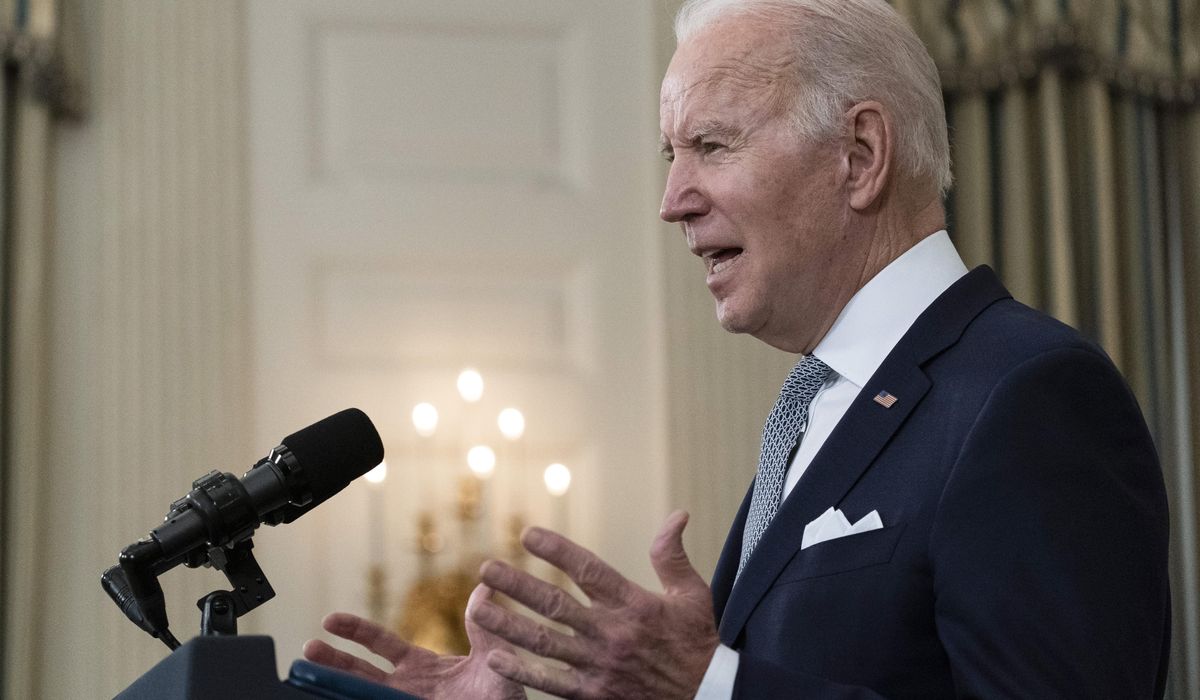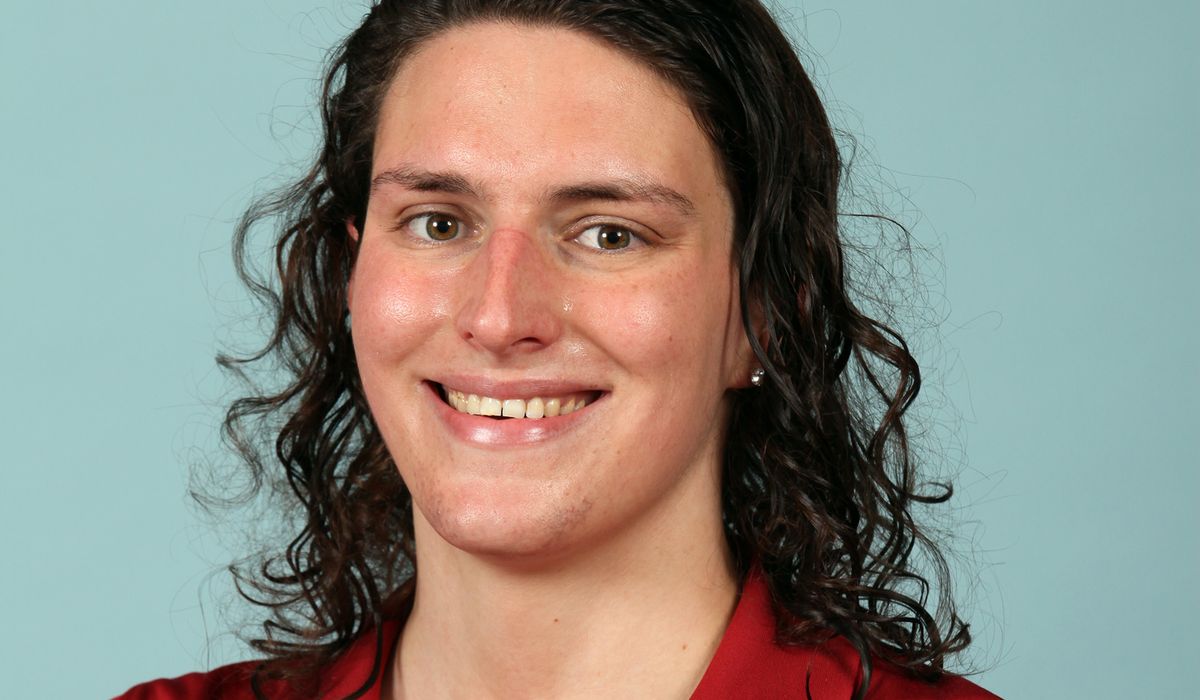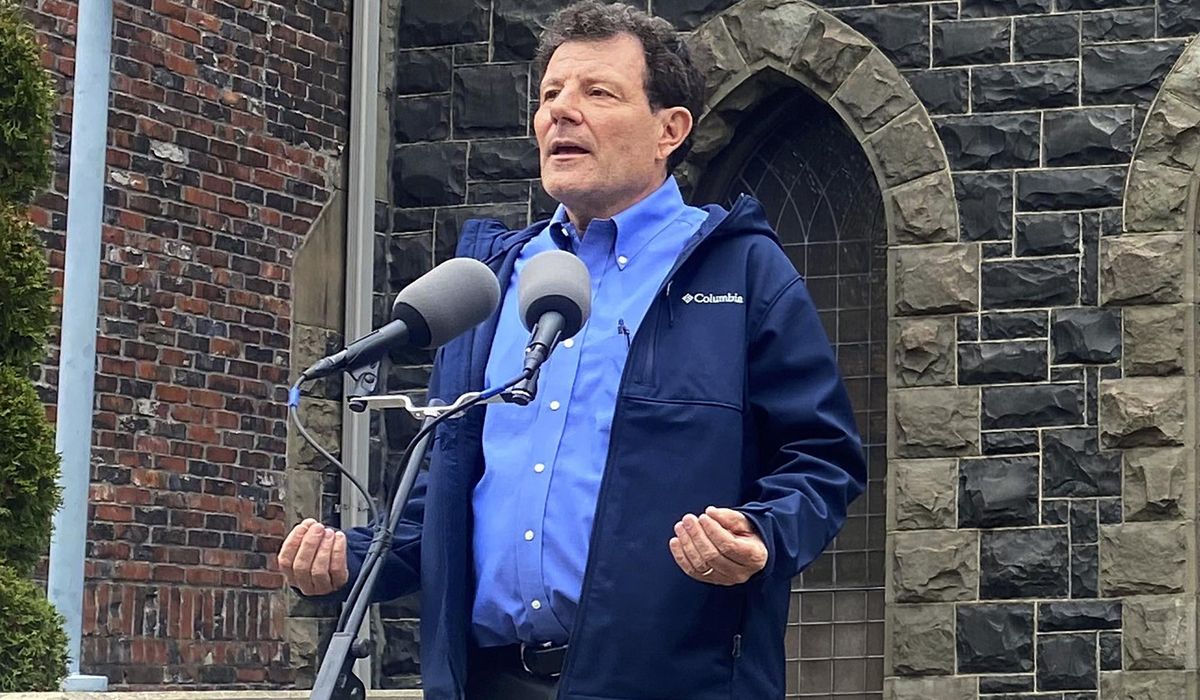Nearly two in three vaccinated Americans haven’t received a COVID-19 booster despite President Biden’s repeated push to shore up waning protection and fend off the omicron variant that’s blanketed the country, raising questions about public enthusiasm for more shots.
About 73 million people, or 35% of the 207 million people who’ve received a primary vaccine series, have received a booster, according to federal data.
Teens ages 16 and 17 were made eligible for boosters in early December and those 12 and up joined them in recent days, and some people are not distanced a sufficient number of months from their initial shots.
But adults have been cleared for a third shot since mid-November. Fewer than four in 10 Americans over age 18 have come forward, forcing Biden officials to amplify their pleas to a pandemic-weary public while Israeli officials move to the fourth round of shots for vulnerable residents.
“Right now, I think our strategy has to be to maximize the protection of the tens of millions who continue to be eligible for a third shot before we start thinking about a fourth shot,” Rochelle Walensky, director of the Centers for Disease Control and Prevention, said Friday.
Doctors said they’re seeing the impact of slow uptake in the field, as the omicron variant rips through communities and preys on people with less protection.
“Patients without vaccines are making up a significant portion of the ICU beds, fighting for their lives,” said Panagis Galiatsatos, an assistant professor at Johns Hopkins School of Medicine in Baltimore.
“After that is a small group of vaccinated and not boosted,” he said, adding that people in this group tend to be farther than six months from their primary series and thus eligible. He said many of these patients did not realize they are candidates for boosting, and that changing the definition of fully vaccinated might help with awareness.
Biden officials say they’ve been explicit about the need to get boosted, even as they’ve resisted calls to update the definition of fully vaccinated from two doses of the Pfizer-BioNTech or Moderna vaccines or one shot of the Johnson & Johnson version.
Workplace COVID-19 mandates and some rules around vaccination and entry to public venues are typically pegged to the existing definition of fully vaccinated.
“Individuals are considered fully vaccinated against COVID-19 if they’ve received their primary series. That definition is not changing,” Dr. Walensky said Wednesday at a White House COVID-19 briefing, adding: “We are now recommending that individuals stay up to date with additional doses that they are eligible for.”
Former CDC Director Tom Frieden, who served under former President Barack Obama, said the last part of Dr. Walensky’s comment will be key.
“We need to change the wording that we’re using for vaccination to being ‘up to date.’ We’re familiar with that concept for our kids’ vaccinations — up to date,” Dr. Frieden told The Washington Times. “The virus is changing, the science is changing, we are learning more all the time. And as we learn more, people may need more vaccinations, different vaccinations, no more vaccinations — but I think we need to encourage everyone to stay up to date with their COVID vaccination.”
Claire Hannan, executive director of the Association of Immunization Managers, said booster uptake might be lagging because of a combination of factors. There has been so much focus on immunizing children and adult holdouts with a primary series, there are staffing shortages at some pharmacies, doctor’s offices and health systems — especially as they focus on testing and care for COVID cases — and some places are generally seeing slow demand.
“Historically, uptake for second doses and boosters doses generally declines compared to initial doses,” she said, referring to other vaccines that require multiple doses at intervals.
Booster uptake can vary widely within a single state.
CalMatters, a nonprofit news site in California, said the state has a 38% boost rate overall, but far-northern counties and rural areas are seeing rates as low as 23%, while the Bay Area has boosted over half of its vaccinated persons, at about 55%.
One key factor in booster uptake is timing. Some people aren’t far enough from their initial series to be eligible for an extra dose.
The CDC and Food and Drug Administration this month tried to herd more people into the boosted column, saying people who received the Pfizer-BioNTech or Moderna vaccines can seek a booster after five months instead of six. Slightly more than 166 million Americans — amounting to 51% of the population — were fully vaccinated as of Aug. 7.
“The country is in the middle of a wave of the highly contagious omicron variant, which spreads more rapidly than the original [coronavirus strain] and other variants that have emerged,” said Peter Marks, director of the FDA’s Center for Biologics Evaluation and Research, on Friday. “Vaccination is our best defense against COVID-19, including the circulating variants, and shortening the length of time between completion of a primary series and a booster dose may help reduce waning immunity.”
The administration has pointed to better rates among older Americans, who are more susceptible to COVID-19 disease and are more likely to be farther out from their initial vaccine series. Nearly 6 in 10 persons aged 65 or older have gotten a booster, while around half of persons 50 or older have come forward.
Mr. Biden this past week pleaded with Americans of all ages to warm to boosters.
Extra shots “significantly increase the protection. They provide the highest level of protection against omicron,” the president said. “Americans, we’ve given out over 70 million booster shots. Importantly, two out of three eligible seniors have received their booster shots. Booster shots are free, they’re safe and available in over 90,000 vaccination sites. Let me say that again: They’re free, available, and at
over 90,000 sites.”
Paul Mango, a key liaison between the Department of Health and Human Services and “Operation Warp Speed” in the Trump administration, said many younger, healthier people probably believe the primary series is good enough to stave off the most severe outcomes from COVID-19.
“I think most people have done the risk-benefit analysis and they said, ‘I’ll be fine,’” he said.
Mr. Mango also said the president did himself no favors by announcing a booster campaign in August before regulators and their advisers had a chance to weigh in on the plan.
“He’s out in front of the FDA,” Mr. Mango said. “Big problem.”
• Shen Wu Tan contributed to this report.
For more information, visit The Washington Times COVID-19 resource page.
Health, The New York Today




















